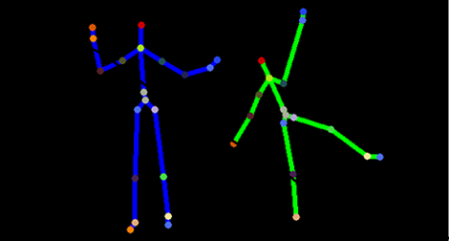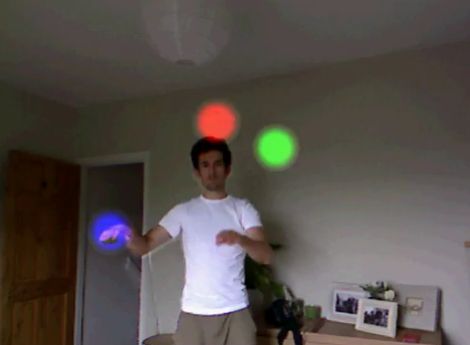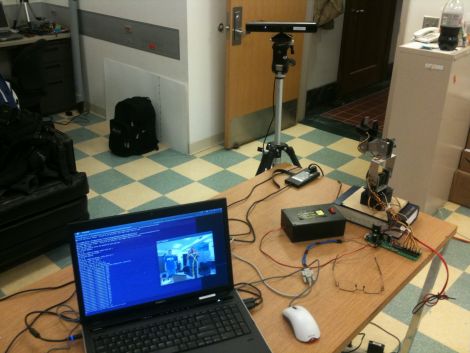
Microsoft just released the beta of the Kinect for Windows SDK. Although, “Microsoft does not condone the modification of its products” it appears Microsoft have changed their tune and released APIs for C++, C# and Visual Basic seven months after the Kinect was officially hacked.
We’ve seen libraries being developed since the launch of Kinect, culminating in the OpenKinect project. The Microsoft release covers the same ground as the OpenKinect project, and will hopefully improve on attempts to get audio out of the Kinect.
We’ve seen Kinect hacks run the gamut from telepresence, to robotics, to 3D modeling, so the Kinect seems like a great tool in the builder’s arsenal. The Kinect is a wonderful tool, and even though most of the functionality has already been replicated by the open-source community, it’s nice to know there’s official support for all the great projects we’ve seen.
















